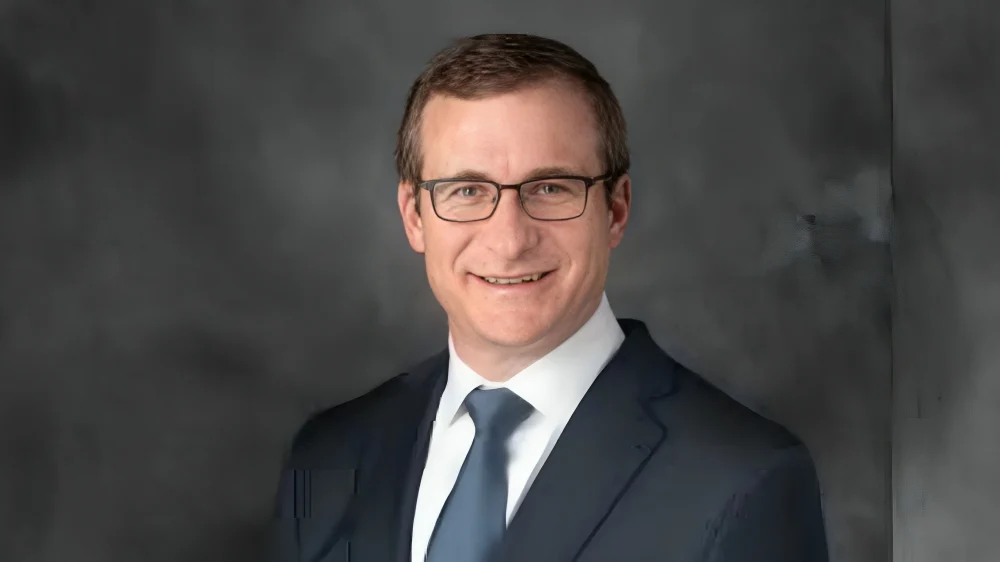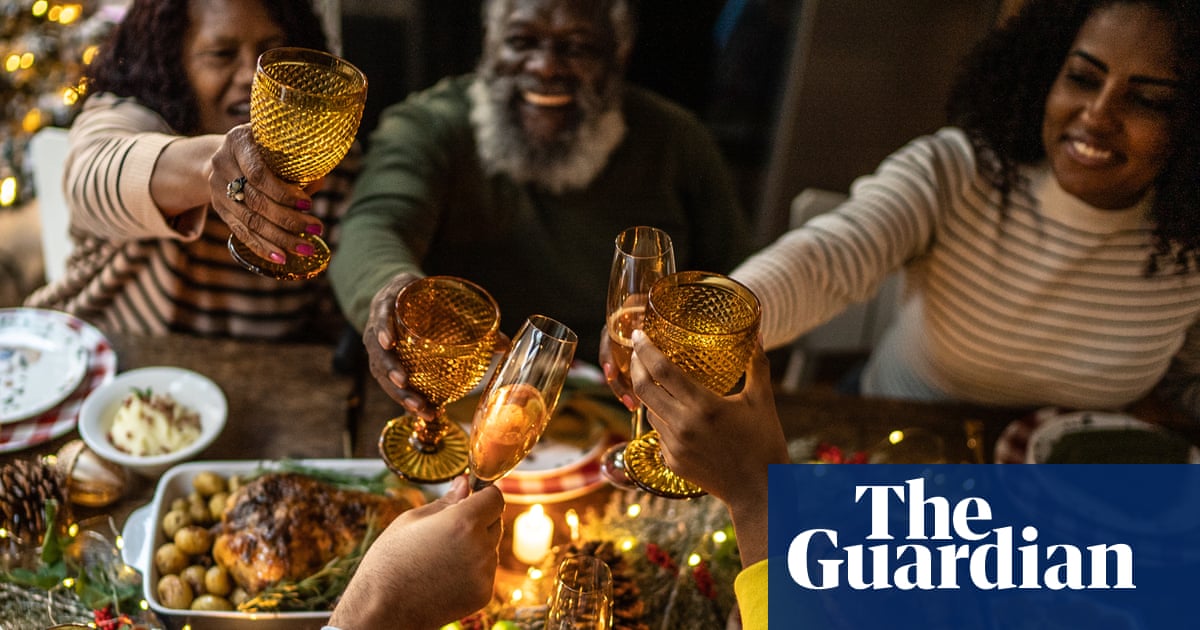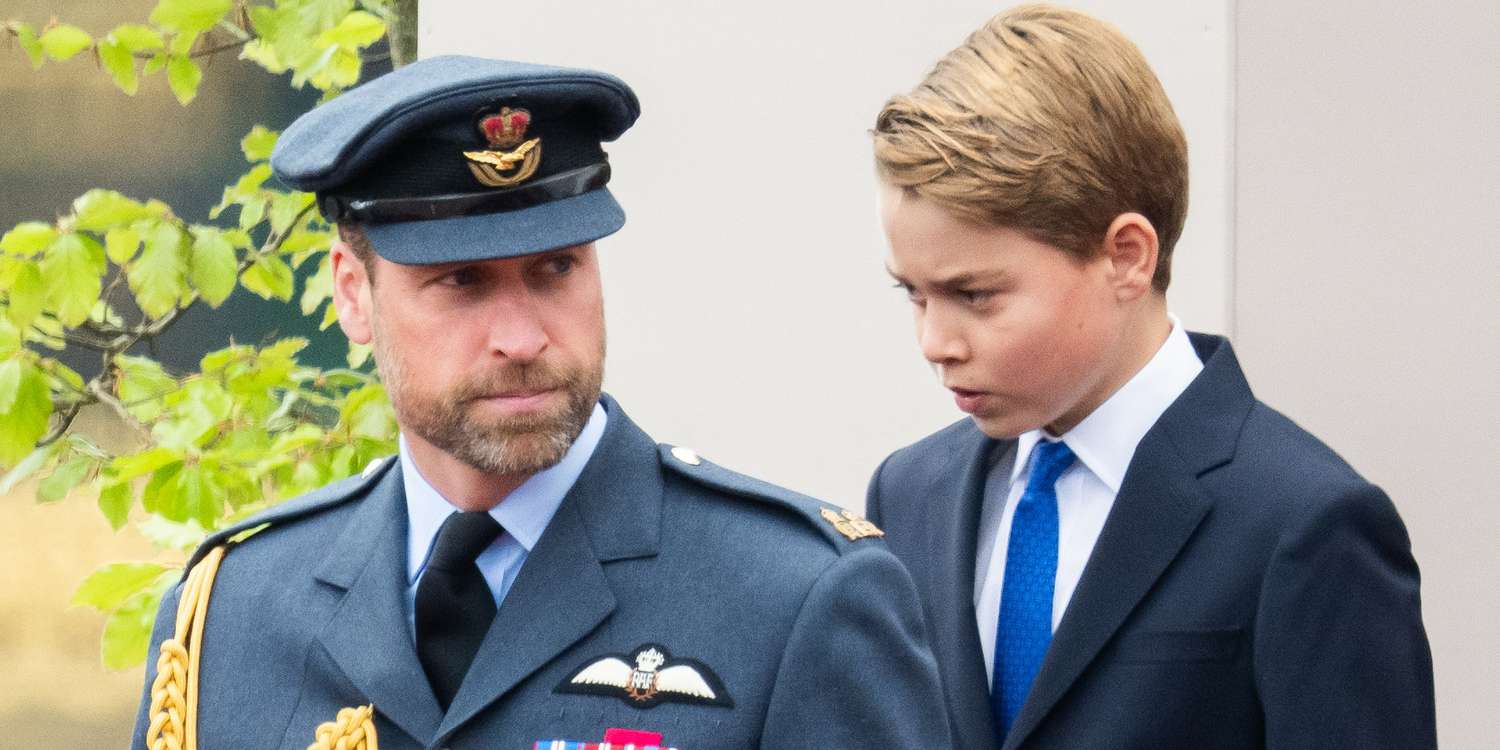The National Association for Proton Therapy shared a post on LinkedIn:
“New Research Published in The Lancet Group!
A landmark study led by Dr. Steven J. Frank, Professor of Radiation Oncology and Executive Director for…

The National Association for Proton Therapy shared a post on LinkedIn:
“New Research Published in The Lancet Group!
A landmark study led by Dr. Steven J. Frank, Professor of Radiation Oncology and Executive Director for…

“Anything I can do to help?” If ever a line was guaranteed to incense the person in charge of cooking for a crowd, it is this one: uttered in seeming innocence by a guest roused by the sound of clattering pans, and who wants to seem polite…


The Punjab Higher Education Department on Monday announced winter vacations for all the public and private…

Scientists at NYU Langone Health have discovered a new experimental drug that could significantly reduce the serious complications caused by diabetes.
According to research conducted on mice, the drug named RAGE406R was found to reduce…

Abuja, Nigeria, 22 Dec. 2025: – African Export-Import Bank (Afreximbank) and Heirs Energies Limited have announced a landmark US$750-million financing partnership designed to optimise Heirs Energy’s capital structure and unlock critical liquidity to support its working capital requirement as it pursues its ambitious field development programme. The investment is expected to significantly transform Nigeria’s domestic energy capacity as demand rises.
Signed by Dr. George Elombi, President and Chairman of the Board of Directors of Afreximbank, and Mr. Tony O. Elumelu CFR, Chairman of Heirs Energies Limited, the dual-tranche senior secured reserve-based lending facility, concluded during a ceremony in Abuja, will support Heirs Energies’ accelerated growth strategy as the company enters a new phase of expansion seeking to increase, and sustain, its oil and gas production.
Afreximbank was appointed the Mandated Lead Arranger, Facility Agent, and Security Agent under the financing which is seen as an important milestone in strategic collaboration between Afreximbank and Heirs Energies.
In comments following the signing, Dr. Elombi highlighted the partnership as a testament to Afreximbank’s commitment to value creation and the empowerment of African entrepreneurs.
“Without investments, such as the one being provided to Heirs Energies, many fossil fuel-dependent African economies would face dire economic challenges,” said Dr. Elombi. “Our aim, among others, is to empower the African entrepreneur. Our core strength is in the value of the partnerships we continue to forge.”
He lauded Mr. Elumelu’s steadfast support for Afreximbank’s activities, adding that such partnerships have been instrumental in helping position Afreximbank as a significant cog in unlocking Africa’s economic transformation and other goals.
The President reaffirmed Afreximbank’s determination to see the African Energy Bank project to fruition, saying, “we should get to higher strides and get the Energy Bank so we can move most of the energy portfolio there. We will put tremendous capital in it to be as bold and as innovative as Afreximbank”.
Dr. Elombi added that Afreximbank was willing to work with Heirs Holdings and its affiliated companies expand to other West African countries such as Ghana and Côte d’Ivoire, and to other parts of the continent. “Our aim is to spread and support the domination of the African brand across Africa.”
Commenting on the transaction, Chairman, Heirs Energies Limited Mr. Tony O. Elumelu, CFR noted: “This transaction is a powerful affirmation of what African enterprise can achieve when backed by disciplined execution and long-term African capital. It reflects the successful journey Heirs Energies has taken – from turnaround to growth – and reinforces our belief in African capital working for African businesses. This is Africa financing Africa’s future.”
Heirs Energies plays a pivotal role in Nigeria’s oil and gas industry, where crude oil remains a resource of critical national and international importance.
The partnership between Afreximbank and Heirs Energies Limited dates to 2021, when the company, then known as Heirs Oil & Gas, completed its landmark acquisition of a 45-per cent participating interest in the OML 17 Joint Venture with a US$ 1.1-billion transaction financed by a consortium of international and local banks led by Afreximbank, marking one of the most significant indigenous energy acquisitions in Nigeria’s oil and gas sector.
Afreximbank participated with up to US$ 250 million of that financing, underscoring its commitment to Africa’s energy sector development and its mandate to promote intra-African trade and the growth of African-owned enterprises.
Since that acquisition, the crude oil production has increased from approximately 25,000 barrels per day to an average of 50,000 barrels per day, in addition to significant associated and non-associated gas production. Heirs Energies also achieved first gas from the Agbada Non-Associated Gas Plant on 21 November 2021, just months after taking over the asset which had been under construction for over 10 years under the previous operator.
Currently, Heirs Energies is the top gas supplier in the Eastern Domestic Network and supplies gas to three major power plants, collectively contributing approximately 15 per cent of Nigeria’s installed electricity generation capacity.

ENDS
About Afreximbank
African Export-Import Bank (Afreximbank) is a Pan-African multilateral financial institution mandated to finance and promote intra- and extra-African trade. For over 30 years, the Bank has been deploying innovative structures to deliver financing solutions that support the transformation of the structure of Africa’s trade, accelerating industrialisation and intra-regional trade, thereby boosting economic expansion in Africa. A stalwart supporter of the African Continental Free Trade Agreement (AfCFTA), Afreximbank has launched a Pan-African Payment and Settlement System (PAPSS) that was adopted by the African Union (AU) as the payment and settlement platform to underpin the implementation of the AfCFTA. Working with the AfCFTA Secretariat and the AU, the Bank has set up a US$10 billion Adjustment Fund to support countries effectively participating in the AfCFTA. At the end of December 2024, Afreximbank’s total assets and contingencies stood at over US$40.1 billion, and its shareholder funds amounted to US$7.2 billion. Afreximbank has investment grade ratings assigned by GCR (international scale) (A), Moody’s (Baa2), China Chengxin International Credit Rating Co., Ltd (CCXI) (AAA), Japan Credit Rating Agency (JCR) (A-) and Fitch (BBB-). Afreximbank has evolved into a group entity comprising the Bank, its equity impact fund subsidiary called the Fund for Export Development Africa (FEDA), and its insurance management subsidiary, AfrexInsure (together, “the Group”). The Bank is headquartered in Cairo, Egypt.
For more information, visit: www.afreximbank.com
Follow us on X |Facebook | LinkedIn | Instagram
Afreximbank Media Contact:
Vincent Musumba
Communications and Events Manager (Media Relations)
Email: press@afreximbank.com
About Heirs Energies Limited
Heirs Energies Limited is Africa’s leading indigenous-owned integrated energy company, committed to meeting Africa’s unique energy needs while aligning with global sustainability goals. Having a strong focus on innovation, environmental responsibility, and community development, Heirs Energies leads in the evolving energy landscape and contribute to a more prosperous Africa.
Heirs Energies Limited Media Contact:
Chidimma Ugbojiaku
Head, Corporate Communications
Email: Chidimma.Ugbojiaku@Heirsenergies.com

Landry has previously voiced his opinion on Greenland, writing on his personal X account, external in January: “President Donald J. Trump is absolutely right! We need to ensure that Greenland joins the United States. GREAT for them, GREAT for us!…
Pierson, T. C. & Diamond, M. S. The continued threat of emerging flaviviruses. Nat. Microbiol. 5, 796–812 (2020).
Diamond, M. S., Ledgerwood, J. E. & Pierson, T. C. Zika Virus vaccine…